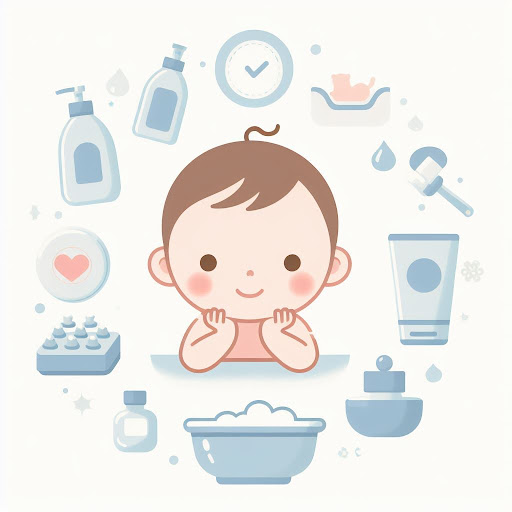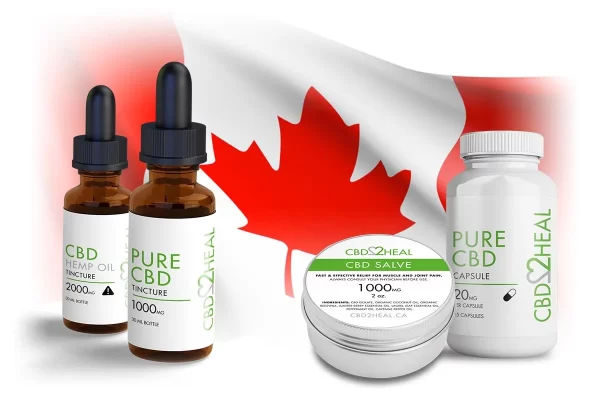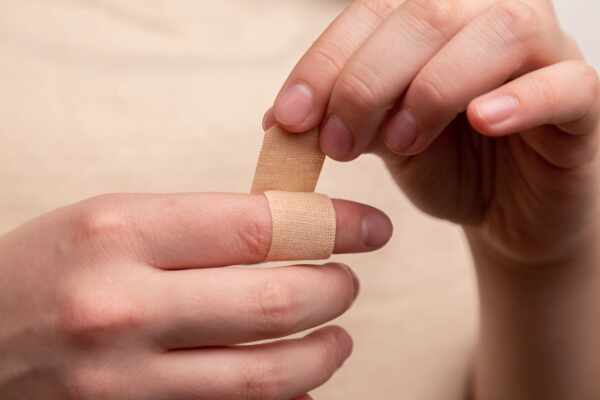The skin of a newborn is truly remarkable. It’s incredibly soft, smooth, and delicately sensitive. However, this delicate nature also means that babies are prone to various skin issues, including dryness. This material was created to explore the details of baby dry skin and discuss the most effective strategies and treatments to protect your little one’s precious skin. Read more on the website https://littlebutterflylondon.com/.
Best Thing to Use on Baby Dry Skin
Choosing the right products is crucial for maintaining your little one’s skin’s softness. With so many creams, lotions, and ointments available in the market, parents often find it challenging to determine the safest and most effective solutions. So, what is the ideal solution for treating dehydrated skin in babies?
Petroleum jelly is a longstanding remedy that continues to be an excellent option. Its dense texture helps to seal in moisture and provides a protective barrier, safeguarding the skin from external factors.
Choose hypoallergenic and fragrance-free creams that were formulated to cater the needs of the smallest ones. These creams are less likely to cause any irritations or allergic reactions, making them a safe choice for delicate baby skin.
Oatmeal baths are an effective remedy for soothing irritated and dehydrated skin of a little one. The anti-inflammatory properties of oatmeal provide relief and comfort to their delicate skin.
Make some adjustments to your little one’s bath time routine. Opt for lukewarm water instead of hot water, and keep baths to a maximum of 10 minutes. Over-bathing can remove the skin’s natural oils, making the problem worse.
It is essential to moisturize your skin regularly. After bathing, apply a moisturizer to seal in moisture. Reapply as necessary throughout the day, particularly after changing diapers.
Reliable and Safe Treatment for Dry Skin on Baby Face
Because a little one’s face is constantly exposed to the elements and tends to drool, it is particularly susceptible to dryness. Additionally, the skin on their face is very thin and extremely delicate. Here are some targeted treatments for affectively addressing the problem:
- Use a gentle, fragrance-free cleanser to clean your little one’s face. Harsh soaps can remove natural oils and cause dryness. When drying the skin, gently pat it instead of rubbing harshly.
- Prevent overheating since excessive heat can worsen the problem. Dress your child in layers to allow for easy temperature regulation, and maintain a comfortable room temperature.
- To prevent further deterioration, apply a gentle barrier cream, such as baby-friendly petroleum jelly, to the cheeks and chin which are prone to dryness. This will help retain moisture in those areas.
- Be mindful of the products you use near your child’s face. Steer clear of perfumes, strong fragrances, and any potential allergens that may irritate their delicate skin.

More Helpful Tips for Newborn Baby Dry Skin
Newborns often experience this problem skin shortly after they are born. This is because their skin goes from being protected by the amniotic fluid in the womb to facing the external environment, which can leave it feeling parched. Furthermore, there may still be traces of vernix, a waxy substance that covers the baby’s skin while in the womb, contributing to its dehydrated appearance. Here are some tips for managing dry skin in newborn babies:
- Don’t be alarmed if you notice a creamy, waxy substance on your newborn’s skin. This is the vernix, and it’s completely natural. It often absorbs into the skin within a few days, acting as a natural moisturizer.
- It is advised not to use any skincare products for the first few weeks after birth. Newborn skin is extremely sensitive and does not need additional moisturizers or creams.
- When it comes to cleaning your newborn’s delicate skin, opt for a soft, damp cloth instead of harsh soaps. Avoid vigorous scrubbing as well.
- Keep your little one well-hydrated by offering frequent feeds if you’re breastfeeding. Proper hydration is important for maintaining healthy skin.
- If your child’s skin is still dry after the vernix has been absorbed, you can try using natural oils like coconut or almond oil. Just apply a small amount and make sure it absorbs completely to prevent the skin from feeling slippery or greasy.
- Most importantly, be patient. Newborn skin generally returns to normal within the first few weeks of life. If an issue persists or gets worse, consult with a pediatrician.
Universal Parental Concern – What Can I Use on Baby Dry Skin
Parents often find themselves unsure of what products and methods are safe to use on their little one’s dehydrated skin, and this is completely understandable. Baby skin is delicate and requires thoughtful consideration. To provide guidance, here are some recommendations outlining what you can safely use on your baby’s dry skin:
As mentioned earlier, petroleum jelly is a reliable remedy for dehydrated skin. Its occlusive properties help to lock in moisture and prevent the skin from losing water.
Opting for moisturizers that are fragrance-free and hypoallergenic is recommended for little ones with sensitive skin. These moisturizers will help you reduce the risk of allergies or irritation.
You can apply natural oils such as coconut oil, almond oil, or sunflower oil to your little one’s skin. Just make sure to use them in small amounts and ensure they are fully absorbed to avoid a slippery feeling.
Try giving your child an oatmeal bath to soothe dry and irritated skin. Grind plain oatmeal into a fine powder and add it to the bathwater. This can help relieve the condition and ease any itching your little one may be experiencing.
It’s best to stay away from harsh soaps, fragranced products, and potential allergens. Instead, choose gentle baby products that are fragrance-free.
To wrap up, dry skin in babies is a common issue that parents worry about. However, with the right approach and products, it can be effectively managed. It’s important to choose gentle skincare options for your little one, especially on their face. For newborns, natural remedies and a little patience often work wonders. The main goal is to keep your child comfortable and prevent dryness so that their skin remains soft as it should be.











